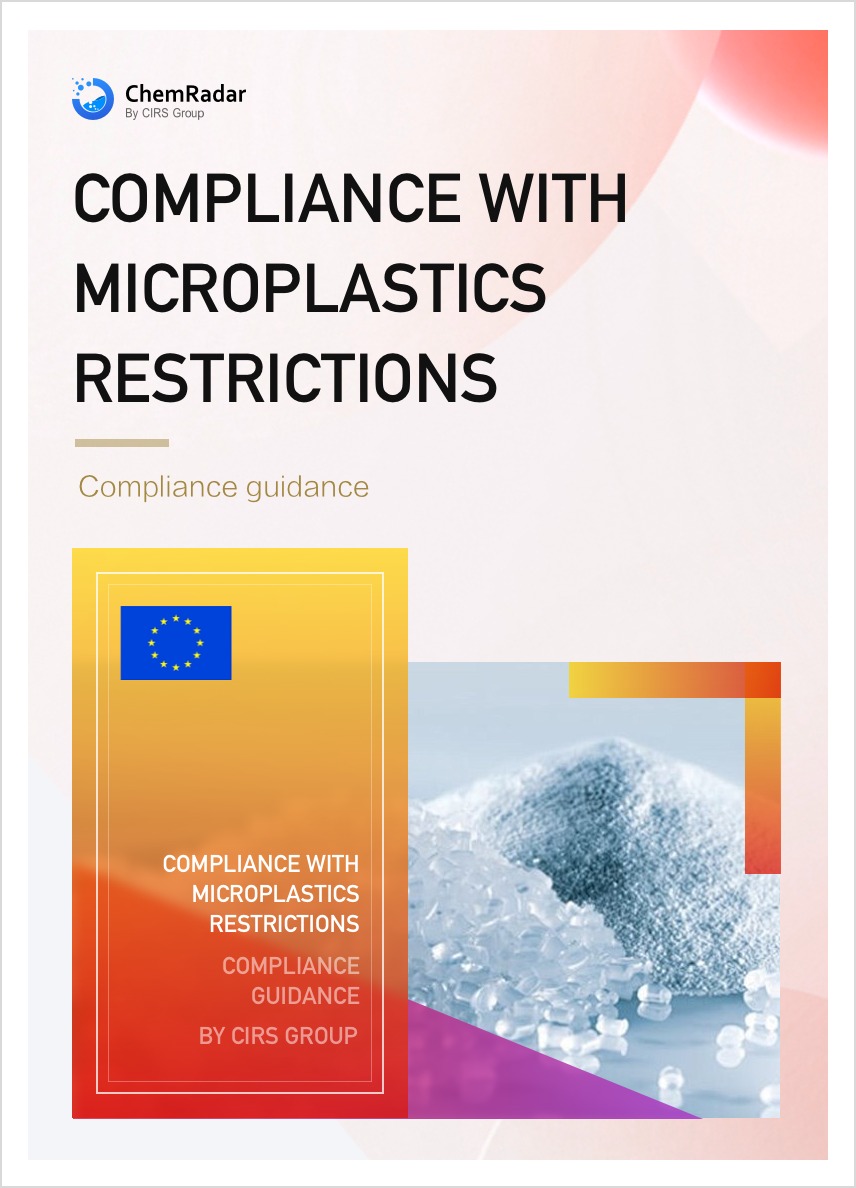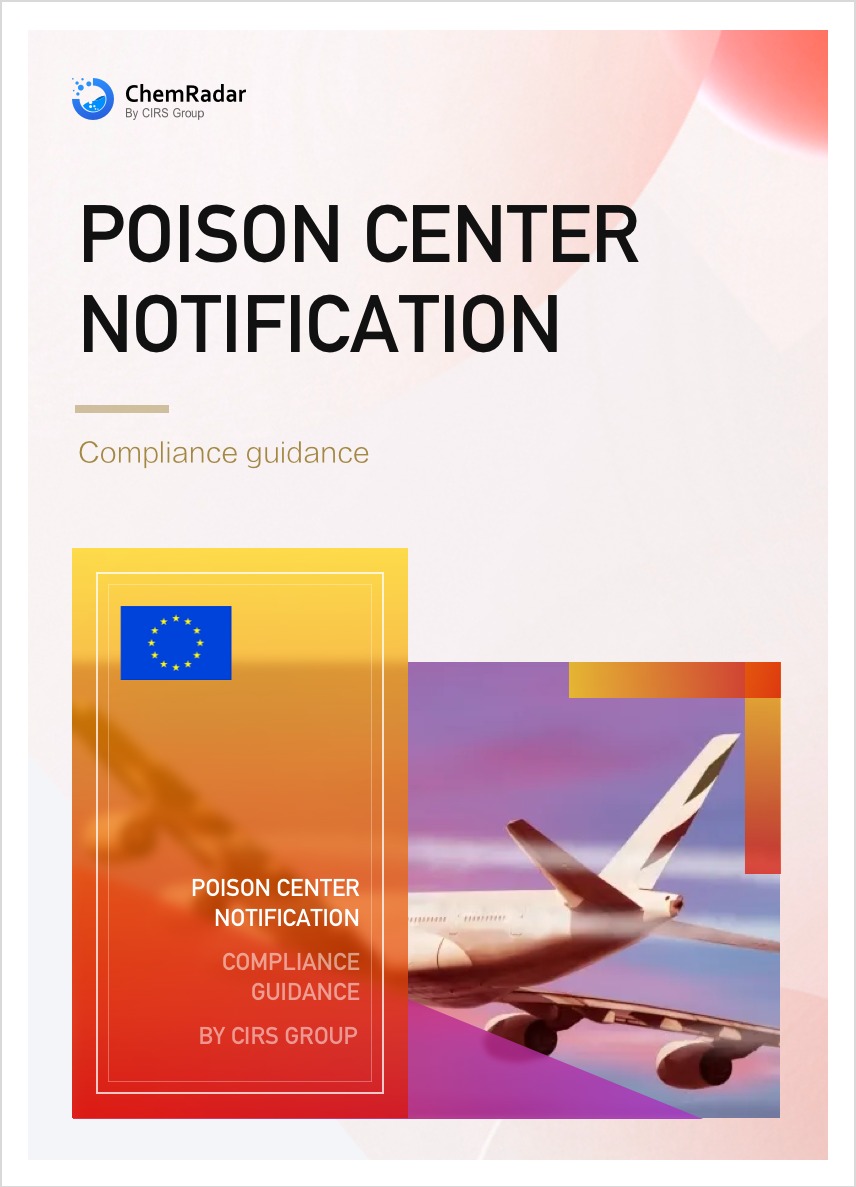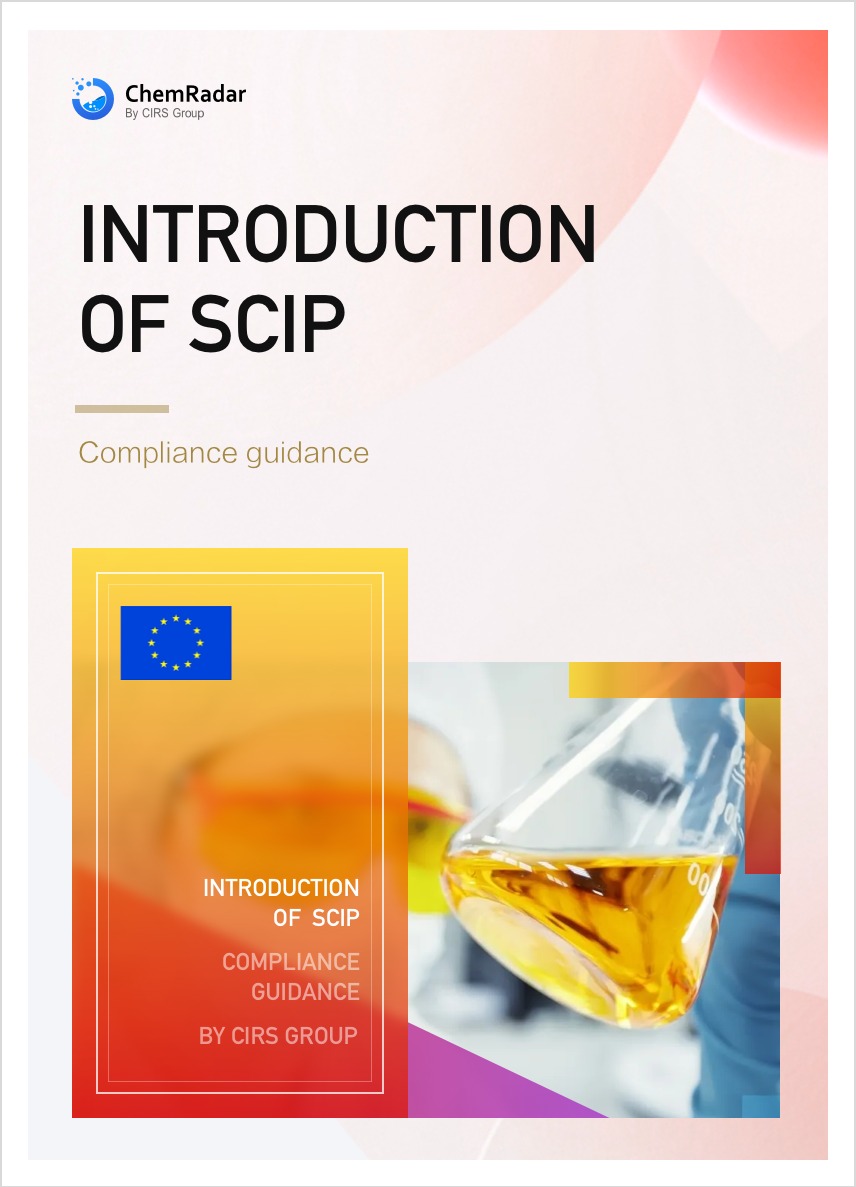On 1 April 2025, Regulation (EU) 2025/660 was published by the European Commission, amending Annex XVII of the REACH Regulation (EC) No 1907/2006 concerning the Registration, Evaluation, Authorization, and Restriction of Chemicals. The revision specifically addresses polycyclic aromatic hydrocarbons (PAHs) in clay targets used for shooting.
Background
PAHs are classified as hazardous substances due to their carcinogenicity, persistence, bioaccumulative and toxic (PBT) properties, as well as very persistent and very bioaccumulative (vPvB) characteristics. To protect human health and the environment, Article 50 of REACH Annex XVII limits PAH content in certain mixtures and articles. PAHs are also present in binders used in clay targets, such as coal tar pitch, high-temperature petroleum pitch, or other resins. It is estimated that at least 270 tons of PAHs are released annually into the environment during the production and use of clay targets, increasing environmental burdens and human exposure risks.
Regulatory Measures
- Restrictions: From 22 April 2026, clay targets containing a total of 18 indicative PAHs exceeding 0.005% of dry weight (50 mg/kg) will be prohibited from being placed on the market or used.
- Transition Period: For 12 months after the regulation enters force (22 April 2025 to 22 April 2026), clay targets with PAHs up to 1% of dry weight may still be produced or used to avoid supply chain disruptions.
- Alternatives: Low-PAH and PAH-free alternative binders are already available at relatively low costs, with an estimated total annual cost of €3.4 million.
List of 18 Indicative PAHs:
- Acenaphthene, CAS No 83-32-9, EC No 201-469-6
- Acenaphthylene, CAS No 208-96-8, EC No 205-917-1
- Anthracene, CAS No 120-12-7, EC No 204-371-1
- Benzo[a]anthracene, CAS No 56-55-3, EC No 200-280-6
- Benzo[a]pyrene, CAS No 50-32-8, EC No 200-028-5 (Benzo[def]chrysene)
- Benzo[b]fluoranthene, CAS No 205-99-2, EC No 205-911-9 (Benzo[e]acephenanthrylene)
- Benzo[e]pyrene, CAS No 192-97-2 EC, No 205-892-7
- Benzo[ghi]perylene, CAS No 191-24-2, EC No 205-883-8
- Benzo[j]fluoranthene, CAS No 205-82-3, EC No 205-910-3
- Benzo[k]fluoranthene, CAS No 207-08-9, EC No 205-916-6
- Chrysene, CAS No 218-01-9, EC No 205-923-4
- Dibenzo[a,h]anthracene, CAS No 53-70-3, EC No 200-181-8
- Fluoranthene, CAS No 206-44-0, EC No 205-912-4
- Fluorene, CAS No 86-73-7, EC No 201-695-5
- Indeno[1,2,3cd]pyrene, CAS No 193-39-5, EC No 205-893-2
- Naphthalene, CAS No 91-20-3, EC No 202-049-5
- Phenanthrene, CAS No 85-01-8, EC No 201-581-5
- Pyrene, CAS No 129-00-0, EC No 204-927-3
This regulation marks a critical step by the EU to control persistent pollutants. The measures are expected to reduce PAH emissions by approximately 99%, significantly lowering risks to both the environment and human health.
Further Information





